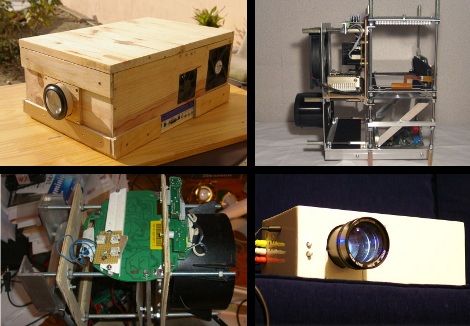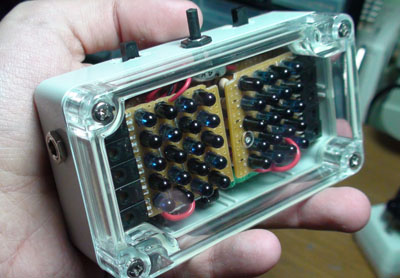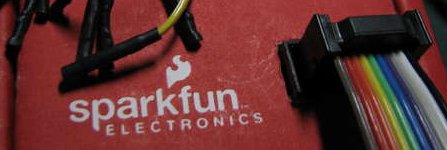
[j] sent in this nice writeup on how to revive a dead projector. he managed to pick one up for $20 that had a broken bulb. While the prices of bulbs have come down considerably, they can still be a couple hundred dollars. Being resourceful, he decide to just use a halogen bulb that he picked up at his local big box shop. In the photos, he’s using a 50w mr16 bulb. The results really aren’t too bad. Especially considering that his cost for the entire project is now roughly $25. He does, however suggest that a 100 watt bulb wouldn’t be a bad investment. His projector seems to need some cleaning and adjustment in the lenses as well, but for $25 it isn’t too shabby. We’ve had this submission for a bit, but it didn’t have any pictures of the projector actually working. During our conversation, we may have possibly suggested a picture we’d like to see. You can find it after the break.
We did cover a very similar one last year, which had the driver integrated into a custom bracket, but the project page seems to be gone. There is also the possibility that the projector you get doesn’t just have a bulb problem. Sometimes it is the polarizer that needs replaced.
Continue reading “Fix A Projector On The Cheap” →





















